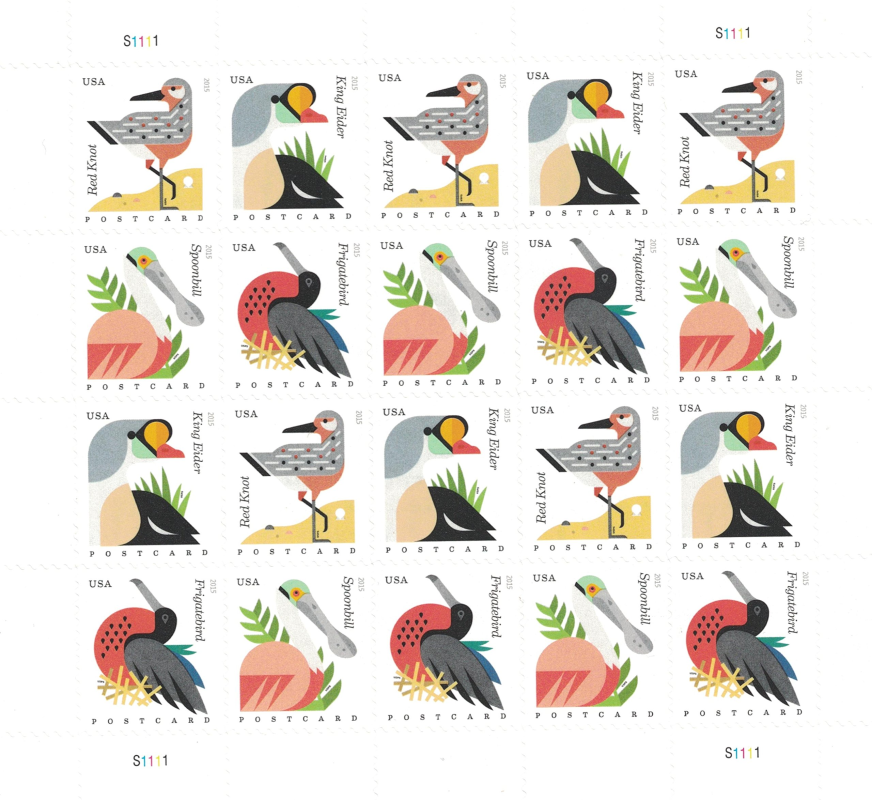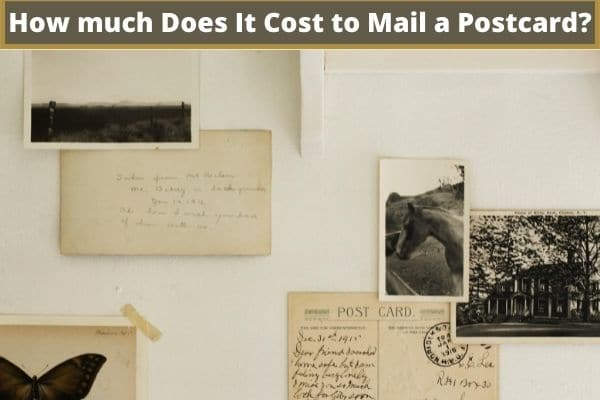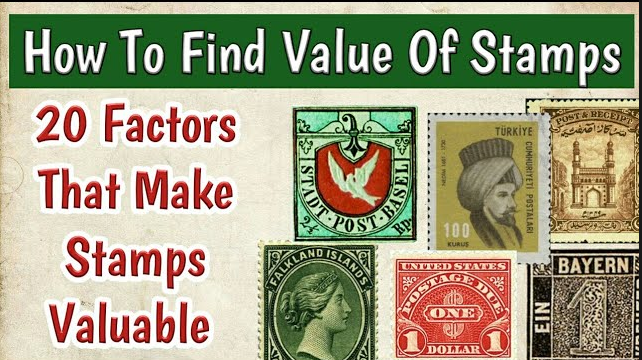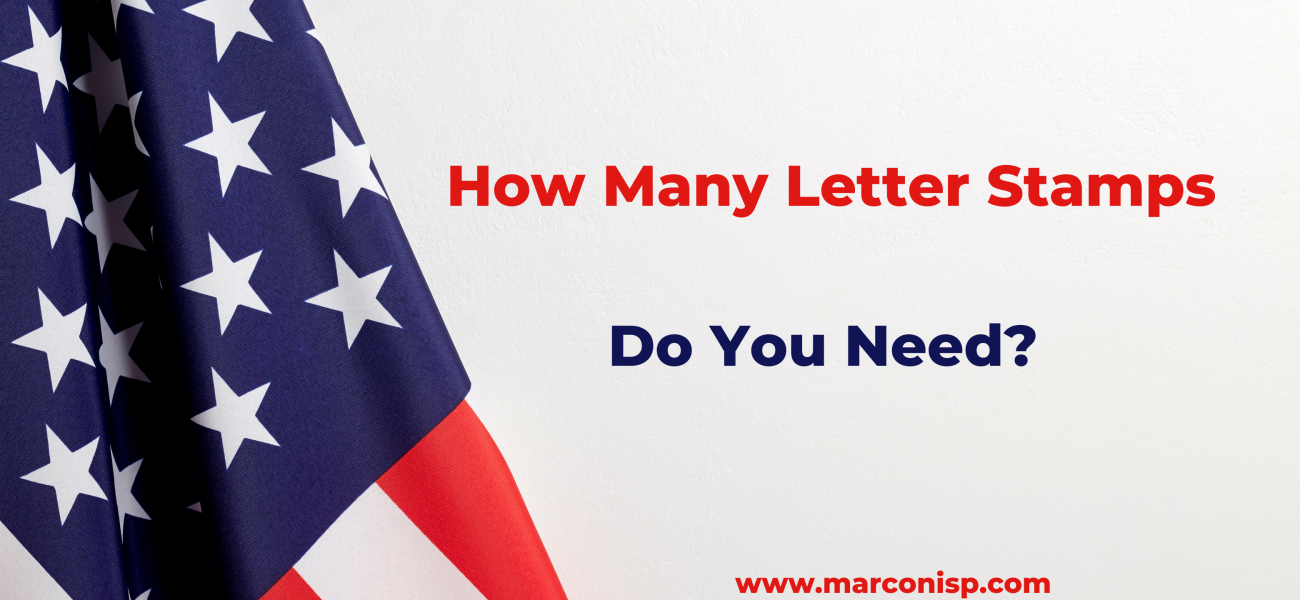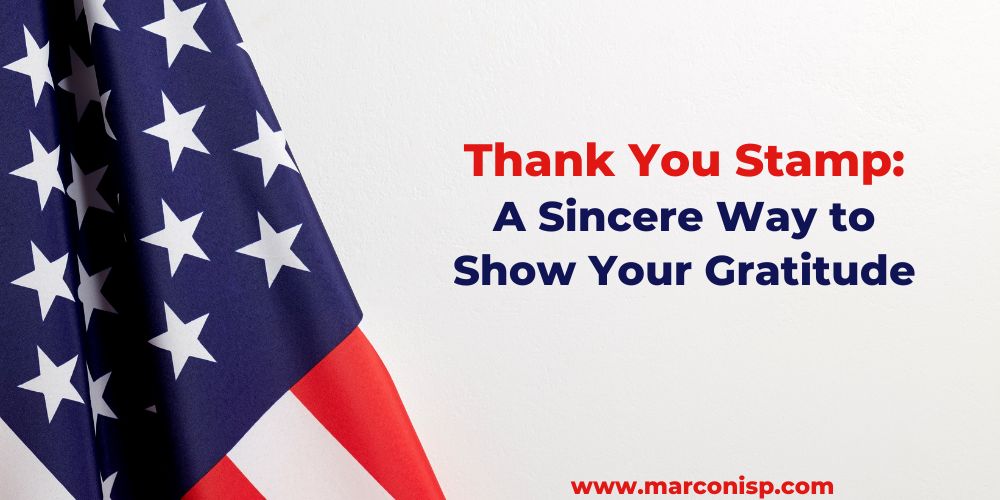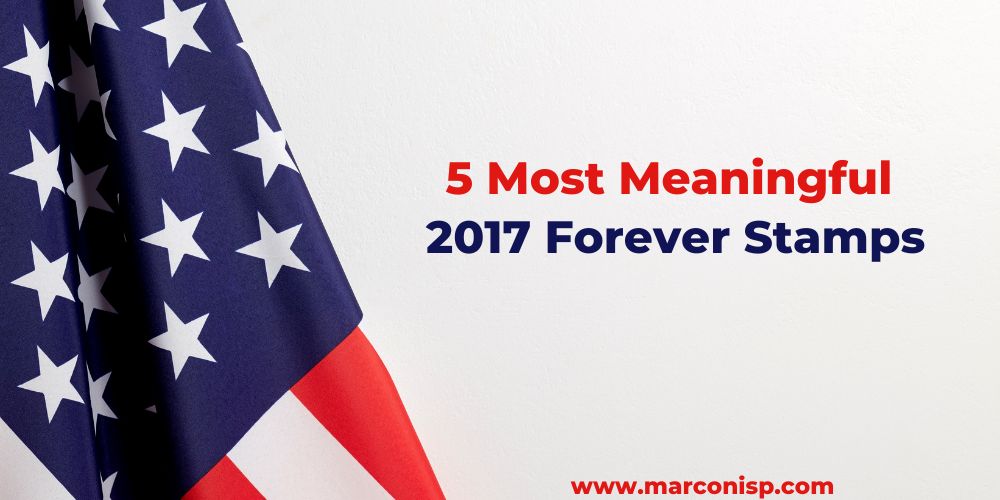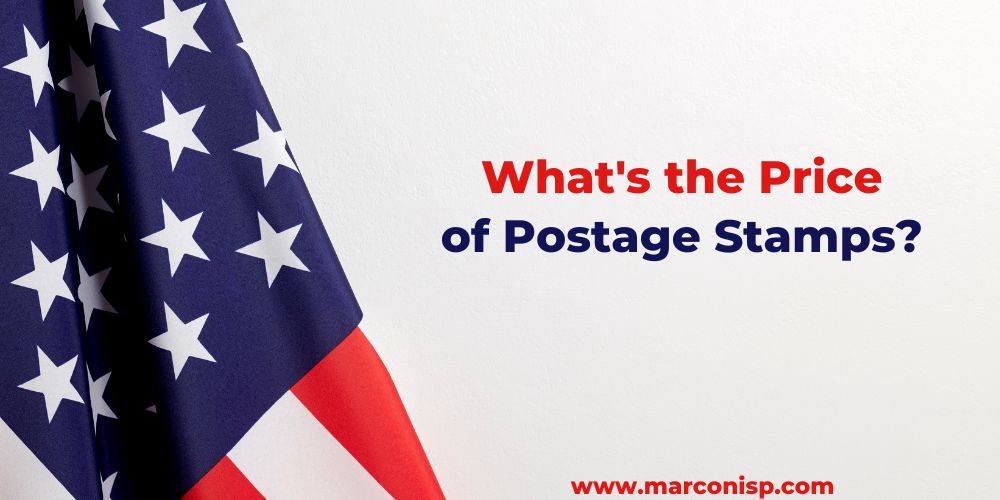Have you ever noticed how prices seem to change all the time? From groceries to gasoline, it’s no secret that the cost of goods and services fluctuates. And believe it or not, even postcard stamp price is not immune to these changes.
As avid writers, travelers, and communicators, many rely on postcards to stay connected with loved ones or capture memories of our adventures. But have you ever wondered why the price of a postcard stamp is not fixed? Does it vary over time?
Now, we’re here! We’ll delve into the factors that influence these fluctuations.
What Factors Drive Postcard Stamp Price?
Postcard stamp prices are driven by several key factors that contribute to their fluctuations.
Cost of production: One significant factor is the cost of production, including materials such as paper, ink, and adhesive, as well as printing and distribution expenses. Changes in these production costs directly impact the price of postcard stamps.
Inflation: Additionally, inflation plays a role in driving postcard stamp prices. As the general cost of living increases, postal services may adjust their rates to keep up with inflation, resulting in higher postcard stamp prices.
Government policies and regulations: Government policies and regulations also influence postcard stamp prices, with adjustments in tax rates, subsidies, or operational guidelines affecting the final cost to consumers. Market demand and supply dynamics further contribute to price variations.
Supply and demand: When demand exceeds supply, prices tend to rise, while oversupply or a decline in order can lead to lower prices. By understanding these factors, collectors, and individuals can make informed decisions and navigate the world of postcard stamp pricing more effectively.
Unveil the Historical Trends in Postcard Stamp Price
Ever since the implementation of the Postal Reorganization Act of 1970, the responsibility of determining postage rates has been entrusted to the Postal Regulatory Commission.
Unveiling the historical trends in postcard stamp prices in the United States allows us to understand how these prices have changed over time. Let’s take a closer look at the specific fluctuations in postcard stamp prices from 2011 to 2023.
In 2011, a postcard stamp in the United States was $0.29. Over the following years, postage rates gradually increased.
By 2014, the price had risen to $0.34; in 2019, it reached $0.35.
However, in 2021, there was a noticeable adjustment, with the postcard stamp price increasing to $0.36.
Continuing to observe the historical trends in postcard stamp prices, we find that the prices continued to rise in 2022, reaching $0.44. Various factors, including inflation, rising production costs, and operational adjustments in postal services, may influence this increase.
Surprisingly, on January 22, 2023, the price of a postcard stamp once again increased to $0.48.
Such price adjustments may be attributed to changes in market demand, supply chain issues, or other economic factors. This upward price trend signifies that while postcard stamps serve as part of the postal service, meeting cost requirements may impose some financial pressure on consumers.
| Date Introduced | Postcard Stamp Price |
| April 17, 2011 | $0.29 |
| January 22, 2012 | $0.32 |
| January 27, 2013 | $0.33 |
| January 26, 2014 | $0.34 |
| May 31, 2015 | $0.35 |
| April 10, 2016 | $0.34 |
| January 22, 2017 | $0.34 |
| January 21, 2018 | $0.35 |
| January 27, 2019 | $0.35 |
| January 26, 2020 | $0.35 |
| August 29, 2021 | $0.40 |
| August 29, 2021 | $0.44 |
| January 22, 2023 | $0.48 |
Understand the Price Fluctuations in Postcard Stamps
Postcard stamp prices are influenced by various economic factors that can impact the cost of production, transportation, and delivery of mail.
One of the primary economic factors that shape postcard stamp prices is inflation. Inflationary pressures can result in rising costs for materials and labor, increasing the overall cost of producing postcard stamps.
Additionally, supply chain disruptions caused by factors such as trade wars, pandemics, and natural disasters can affect the availability of raw materials, thereby driving up production costs. Furthermore, changes in demand for postage stamps can influence prices as the postal service strives to balance cost with revenue.
Finally, operational adjustments in the postal service, such as technological upgrades or changes in delivery methods, can also significantly impact postcard stamp prices.
Image Source: about.usps
Predict the Future of Postcard Stamp Price
The future of postcard stamp price is heading toward an upward trajectory. As of January 22, 2023, the United States Postal Service has officially announced an imminent adjustment in Forever stamps and other postage prices. This long-awaited decision has been primarily motivated by the need to address escalating costs, as Postmaster General Louis DeJoy himself emphasized. In August, DeJoy made a statement acknowledging the inevitability of price increases to align with the current economic landscape.
Several factors contribute to the anticipated price hike.
Inflation-driven burden: Firstly, the Postal Service’s operating budget is expected to face a significant inflation-driven burden of approximately $1 billion, as reported by the Associated Press. Inflationary pressures have been mounting, impacting various sectors of the economy, and the postal service is no exception. Rising labor, transportation, and materials costs contribute to the financial strain the Postal Service faces.
Online shopping and e-commerce: Furthermore, the increasing demand for online shopping and e-commerce has resulted in a surge in package deliveries, adding to the operational challenges and costs for the Postal Service. As the volume of packages continues to rise, the need for infrastructure improvements and technological advancements becomes paramount, further necessitating a revision in stamp prices.
While the extent of the price increase remains uncertain, it is reasonable to expect that postcard stamp price will rise to cope with the mounting financial pressures the Postal Service faces. Adjusting prices is crucial to ensure the sustainability and efficiency of postal operations in the face of rising costs and evolving market demands. As we move forward, businesses and individuals must stay informed about these changes and adapt to the new pricing structure.
Production costs, inflation, government policies, and market dynamics influence postcard stamp price. The historical trends indicate a gradual increase in prices over time, and postcard stamp prices are expected to continue to rise to address rising costs and meet evolving demands. Stay informed and explore further articles on postal services to stay updated on pricing changes.






